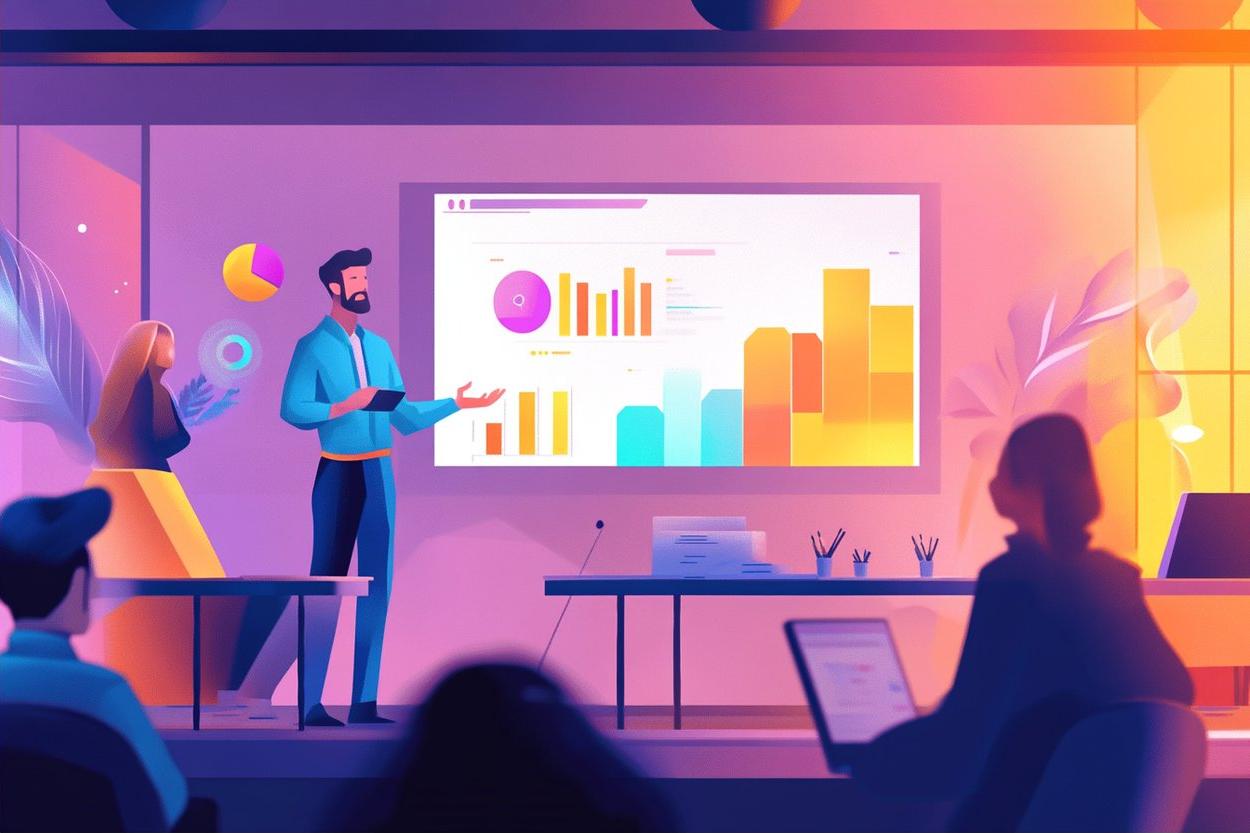Designing a continuous learning plan for changing skill demands
Employers and workers face rapid shifts in required skills as technology and business models evolve. A continuous learning plan helps individuals and teams stay adaptable by combining assessment, targeted training, credentials, mentorship, and portfolio-building. This article outlines practical steps to design a sustainable approach to learning that supports long-term employability.

Designing a continuous learning plan means creating a practical, repeatable approach to update skills as job demands change. A strong plan starts with clear goals, regular assessment of current competencies, and a mix of learning pathways that reflect both career aspirations and market needs. It should balance formal credentials with hands-on practice, mentorship, and visible evidence of skill — so that learning leads to greater employability over time.
Assessing skills and future workforce needs
Begin with an honest skills assessment: map your current capabilities against the skills your role requires now and those likely to matter in the future. Use self-assessments, performance reviews, and industry frameworks to identify gaps. Consider workforce trends in your field — automation, data use, or remote collaboration — and prioritize skills that increase adaptability. Regular assessment cycles (quarterly or biannually) help keep the learning plan aligned with evolving demands.
Structuring learning: upskilling and reskilling paths
Differentiate upskilling (deepening current skills) from reskilling (learning new skills for a career shift). For each target skill, define learning objectives, estimated time commitment, and preferred formats — short courses, project-based learning, or on-the-job shadowing. Build modular milestones that allow steady progress and celebrate small wins to sustain motivation. Mixing synchronous and asynchronous methods supports both in-person and remote learners.
Credentials: certifications and microcredentials
Credentials like certifications and microcredentials can validate knowledge for employers and platforms. Choose credentials that are recognized in your industry or that clearly map to specific competencies. Microcredentials are useful for targeted skill-building with shorter completion times, while full certifications may provide broader credibility. Keep track of credential renewal requirements and how each credential aligns with career goals and hiring criteria.
Training, mentorship, and remote learning options
Combine formal training with mentorship to accelerate application of new skills. Training programs and online courses offer structured content; mentorship and coaching help translate that content into workplace behavior. For remote workers, prioritize learning resources that include interactive elements — live sessions, peer review, and virtual projects — to replicate some benefits of in-person learning. Encourage internal mentorship and cross-team rotations to broaden exposure.
Building portfolios and demonstrating employability
Portfolios and practical projects make learning visible to hiring managers and internal stakeholders. Document work samples, project summaries, and before/after metrics that demonstrate skill application. Include links to microcredentials or certifications and brief reflections on what was learned and how it impacted results. Portfolios support career conversations and can be adapted for different roles or audiences to highlight transferable skills and tangible outcomes.
Ongoing assessment and adapting the learning plan
Schedule regular checkpoints to assess progress, measure outcomes, and adjust the plan. Use qualitative feedback from mentors and quantitative indicators such as completion rates or assessment scores. Re-evaluate priorities as organizational needs and the broader workforce landscape change. A living plan balances short-term tasks with longer-term career objectives, ensuring learning investments remain relevant to both immediate roles and future careers.
Conclusion A continuous learning plan bridges present capabilities and future opportunities through routine assessment, a blend of upskilling and reskilling activities, validated credentials, mentorship, and portfolio evidence. By designing modular, measurable learning pathways that reflect workforce trends and personal career goals, learners and organizations can improve adaptability and long-term employability without relying solely on one type of training or credential.





